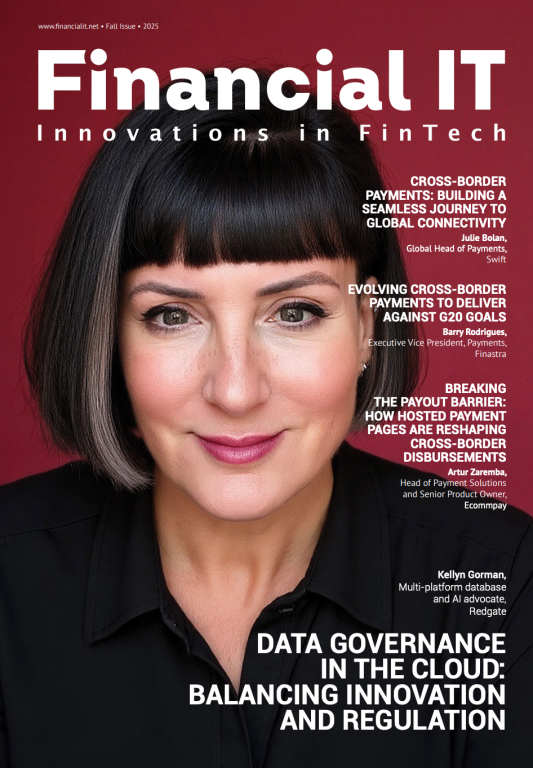Building Better Infrastructure for Cross-Border Payments

- Zaki Farooq, CTO and Co-Founder at PayFuture
- 20.05.2025 06:15 pm #CrossBorderPayments #PaymentInfrastructure
Zaki writes: the good news is that change is happening. A mix of new systems such as real-time payment rails, open banking, digital wallets and blockchain is helping to reduce delays, improve access and lower costs across borders.
From our experience supporting businesses expanding into high-growth markets, legacy infrastructure is often the biggest barrier to growth. It is not just about which payment methods are offered. What matters is whether they settle quickly, are locally compliant, and can be routed in a way that keeps costs manageable. Conversion rates, cash flow and customer trust all depend on these factors.
Making progress with smarter payment tools
Open banking is one piece of the puzzle. By giving licensed providers access to account data and allowing them to initiate payments through APIs, open banking enables more direct and lower-cost transfers. It can also improve transparency and security. In some regions, open banking is already integrated with domestic real-time payment schemes to support account-to-account transfers across borders.
Digital wallets are another important tool, particularly in regions where mobile usage is high but access to traditional banking is limited. Wallets that support multiple currencies and meet local requirements can help connect buyers and sellers who were previously excluded. They also provide more control and flexibility for consumers and faster settlement for merchants.
Blockchain is still early in its adoption, but it is starting to show promise in specific use cases. Stablecoin transfers, permissioned ledgers and tokenised assets are being tested for B2B settlement and cross-border trade. While it will not replace existing systems overnight, it offers a different model for clearing and settlement. This model is designed to reduce delays, minimise reconciliation errors and improve auditability.
What matters most is how these systems work together. Cross-border payments involve multiple currencies, legal frameworks and compliance obligations. If the infrastructure behind them remains fragmented, the experience will continue to be slow and expensive.
This is why interoperability is so important. Aligning technical standards such as ISO 20022 messaging and improving coordination between domestic systems will be essential. Collaboration between financial institutions, regulators and service providers is also needed.
We are also seeing growing demand for payment infrastructure that reflects local context. This is particularly important for enabling remittances, which are a vital source of income for families and communities in many emerging markets. Faster, lower-cost international transfers mean more of the money sent actually reaches the people who need it. Without better infrastructure, businesses and individuals alike face higher costs and reduced access.
Cross-border payments have always been complicated. But they do not have to stay that way. By investing in smarter and more connected infrastructure, we can make it easier for businesses to grow globally. It also means more people can access services and opportunities that were previously out of reach.
This is the direction the industry is moving in. The infrastructure decisions made now will determine who is ready for the next phase of global payments. This is the direction the industry is moving in. The infrastructure decisions made now will determine who is ready for the next phase of global payments.




















